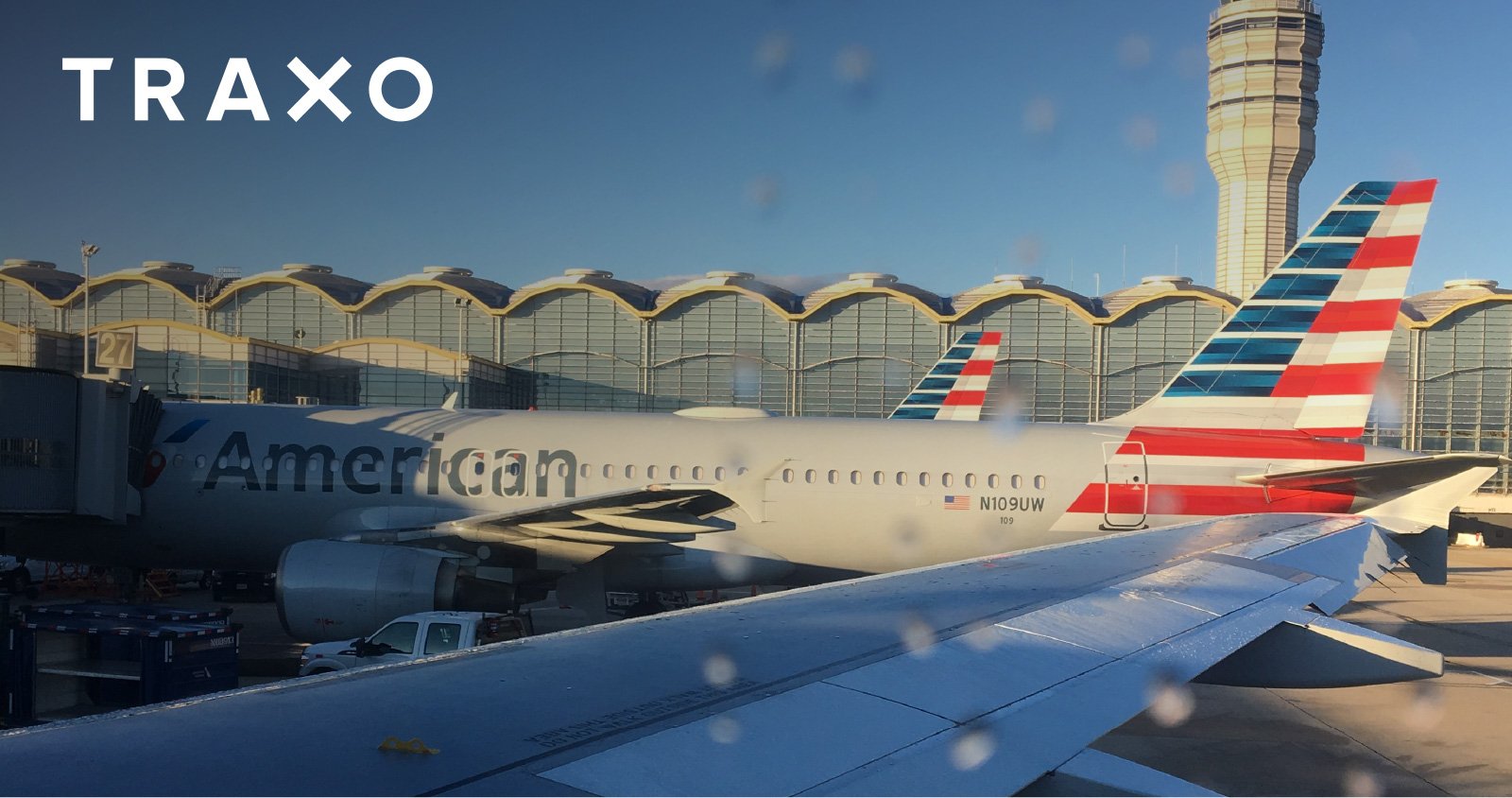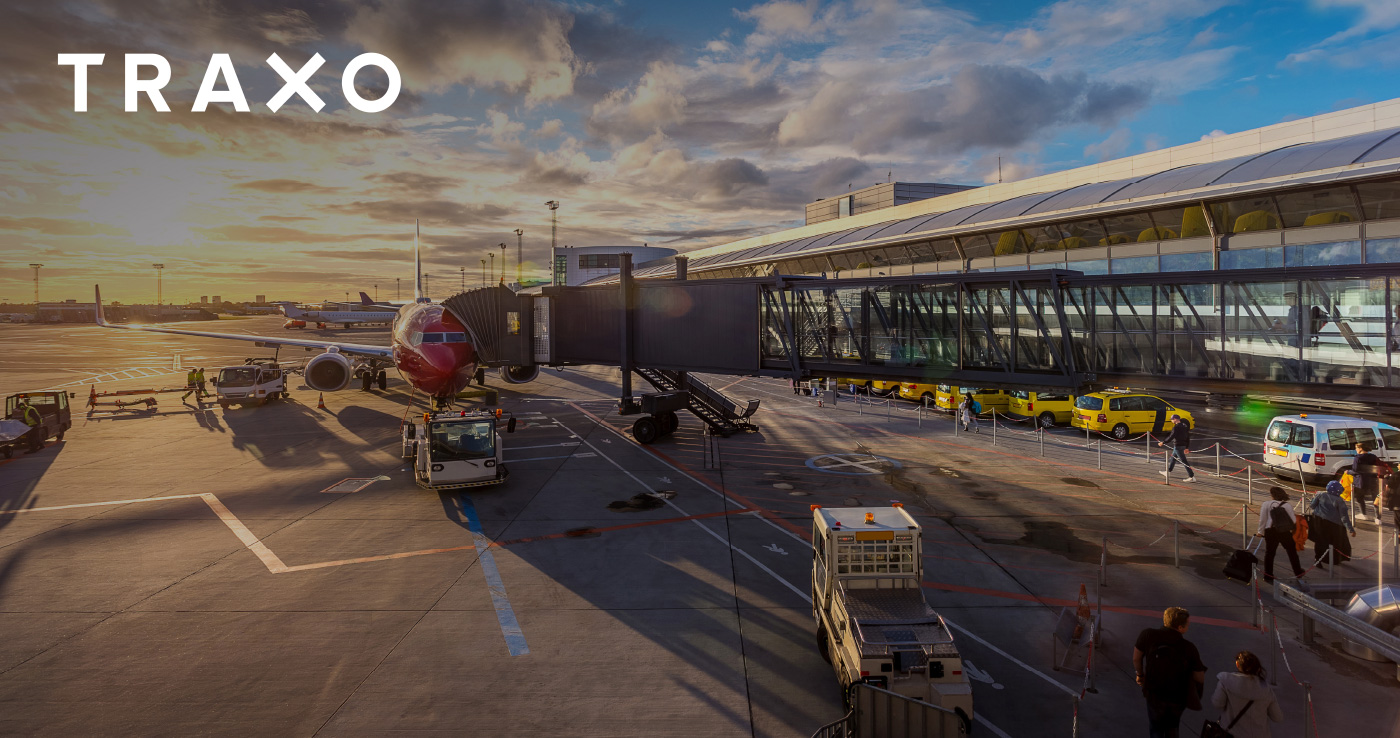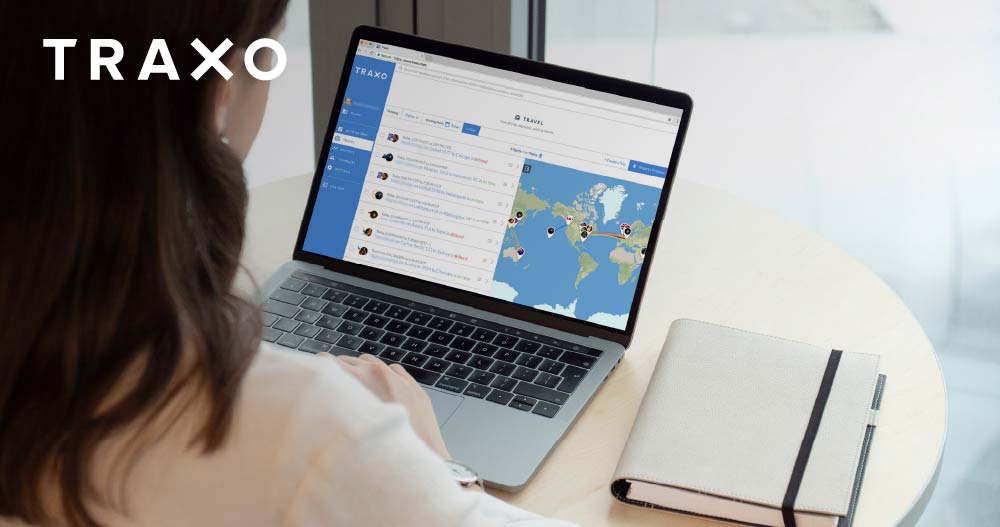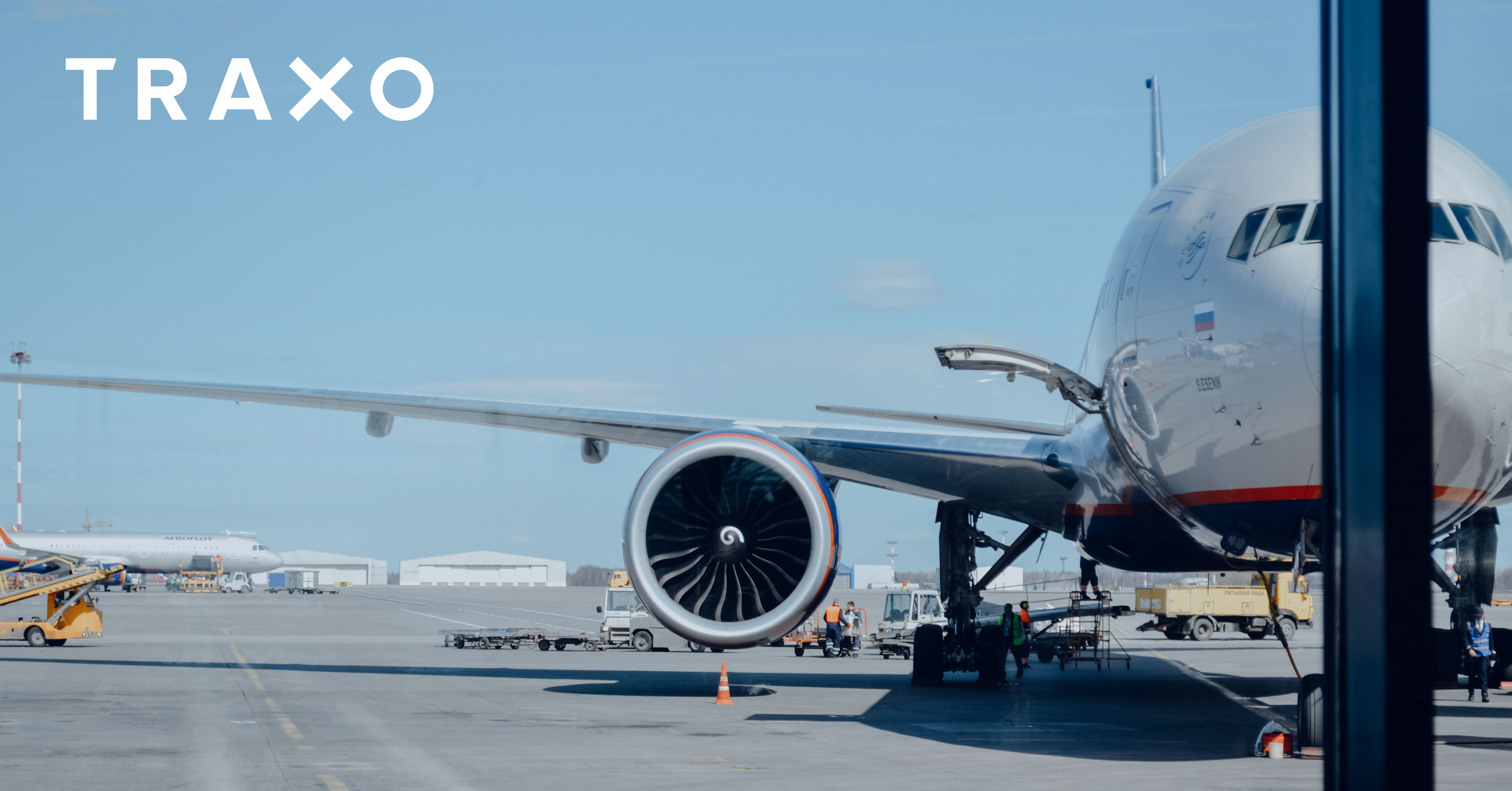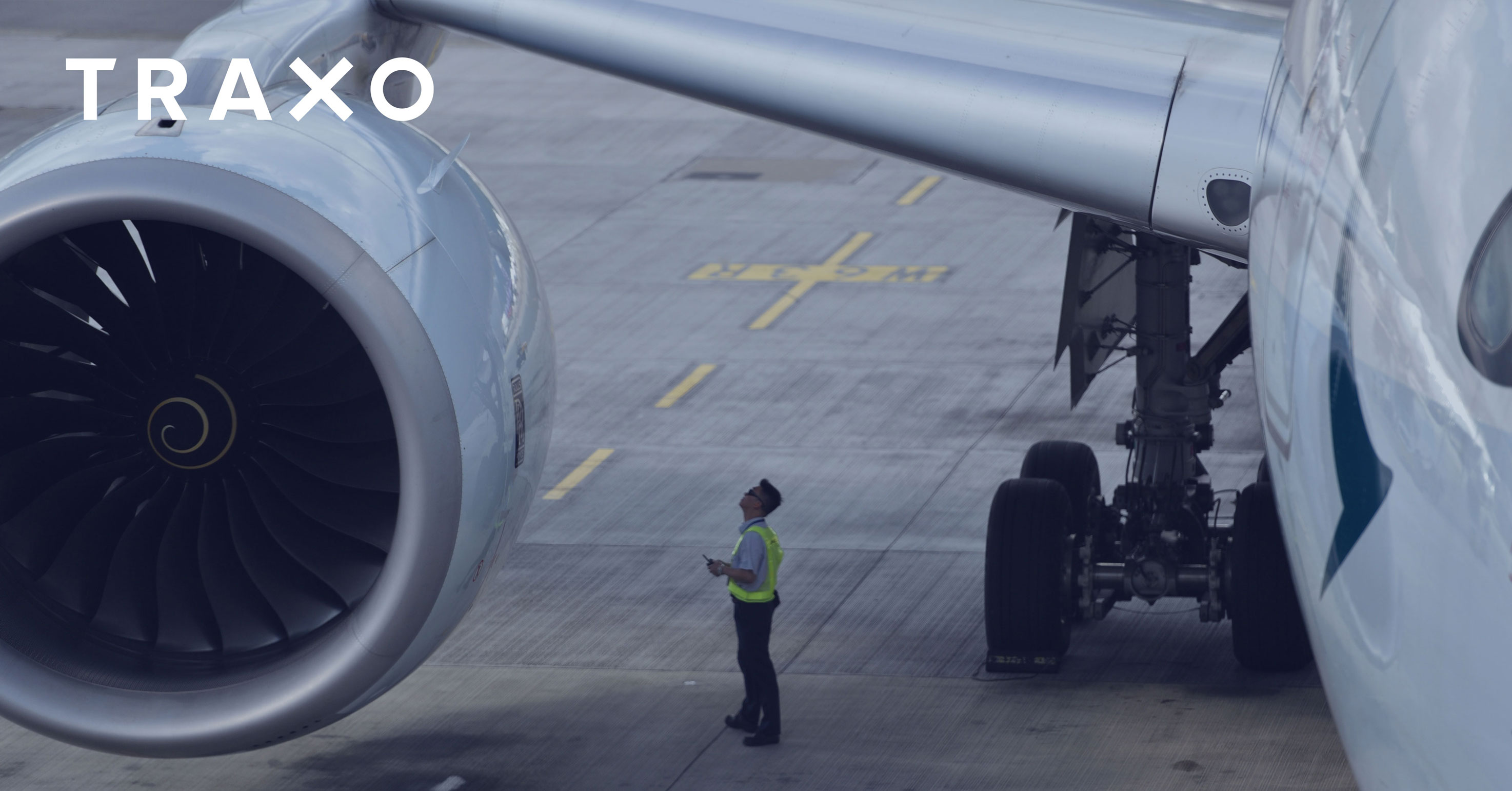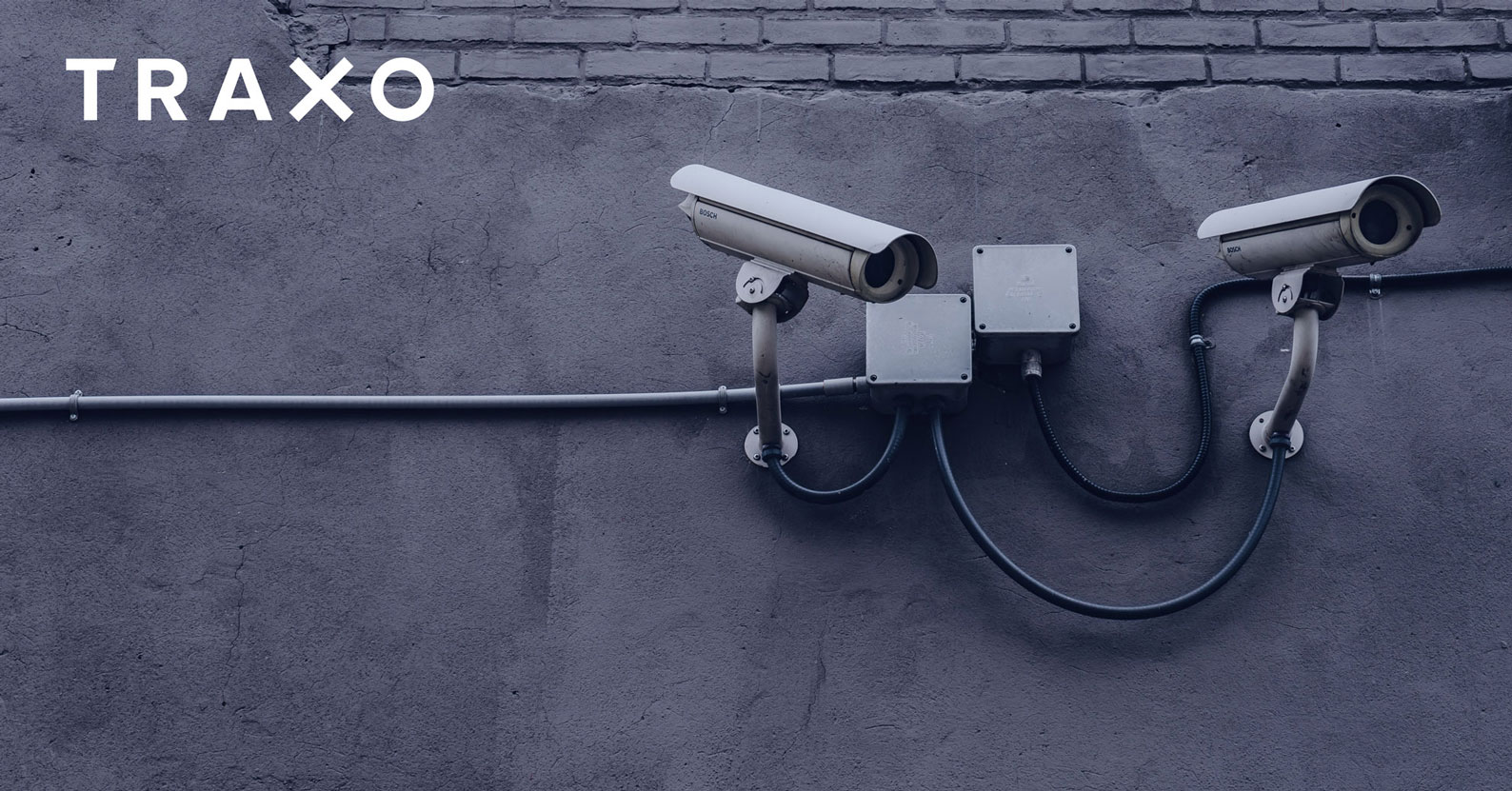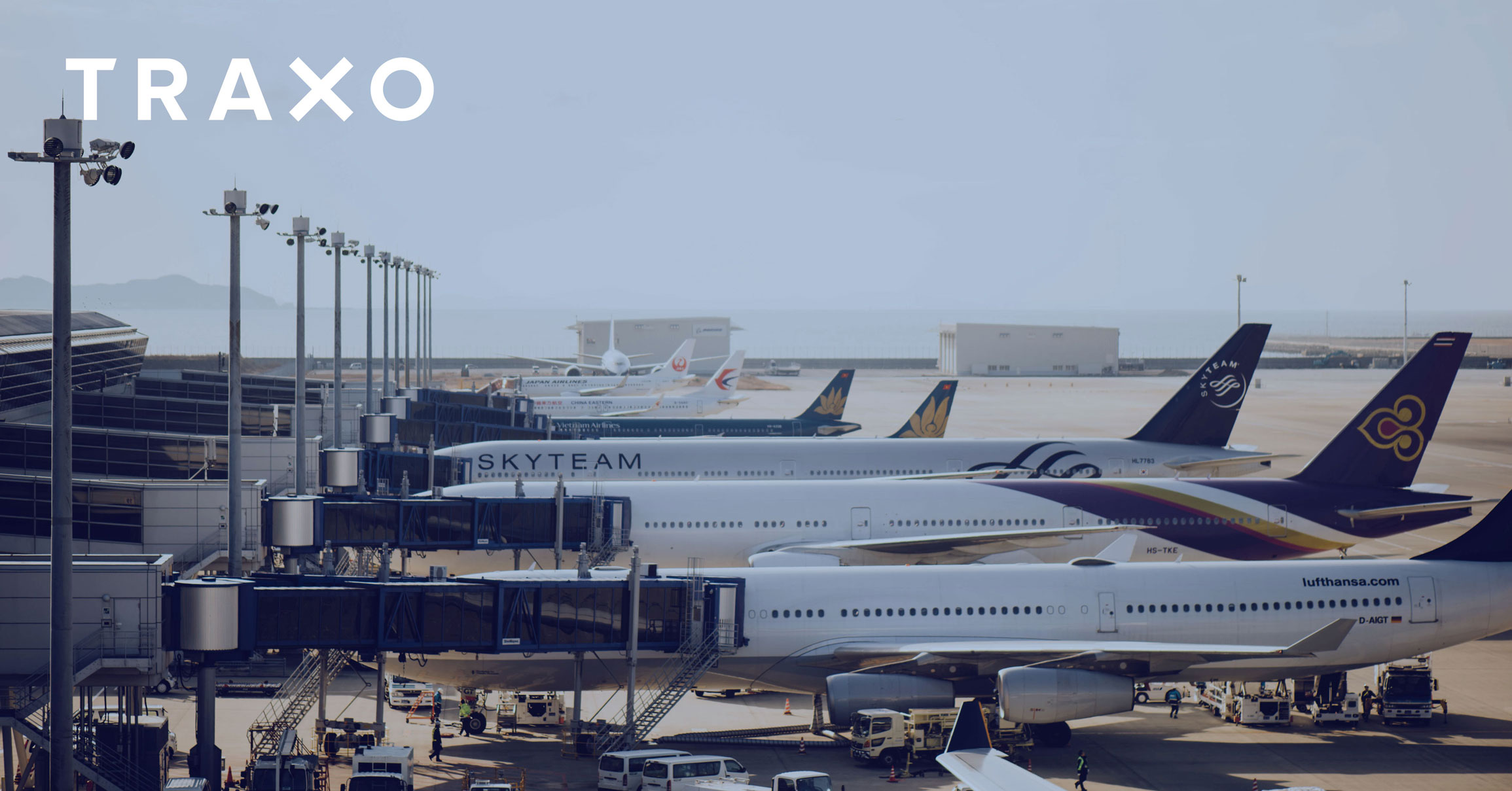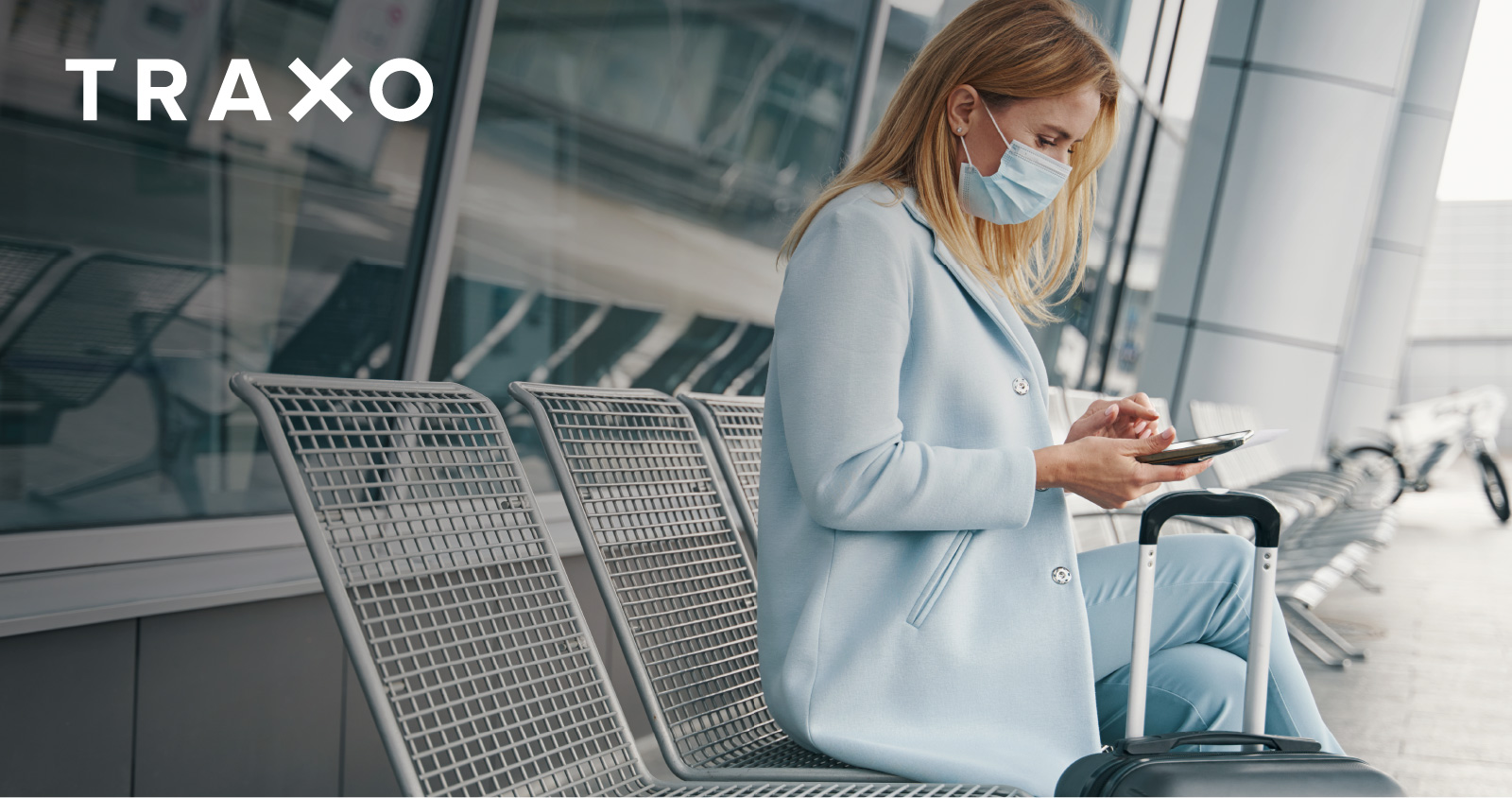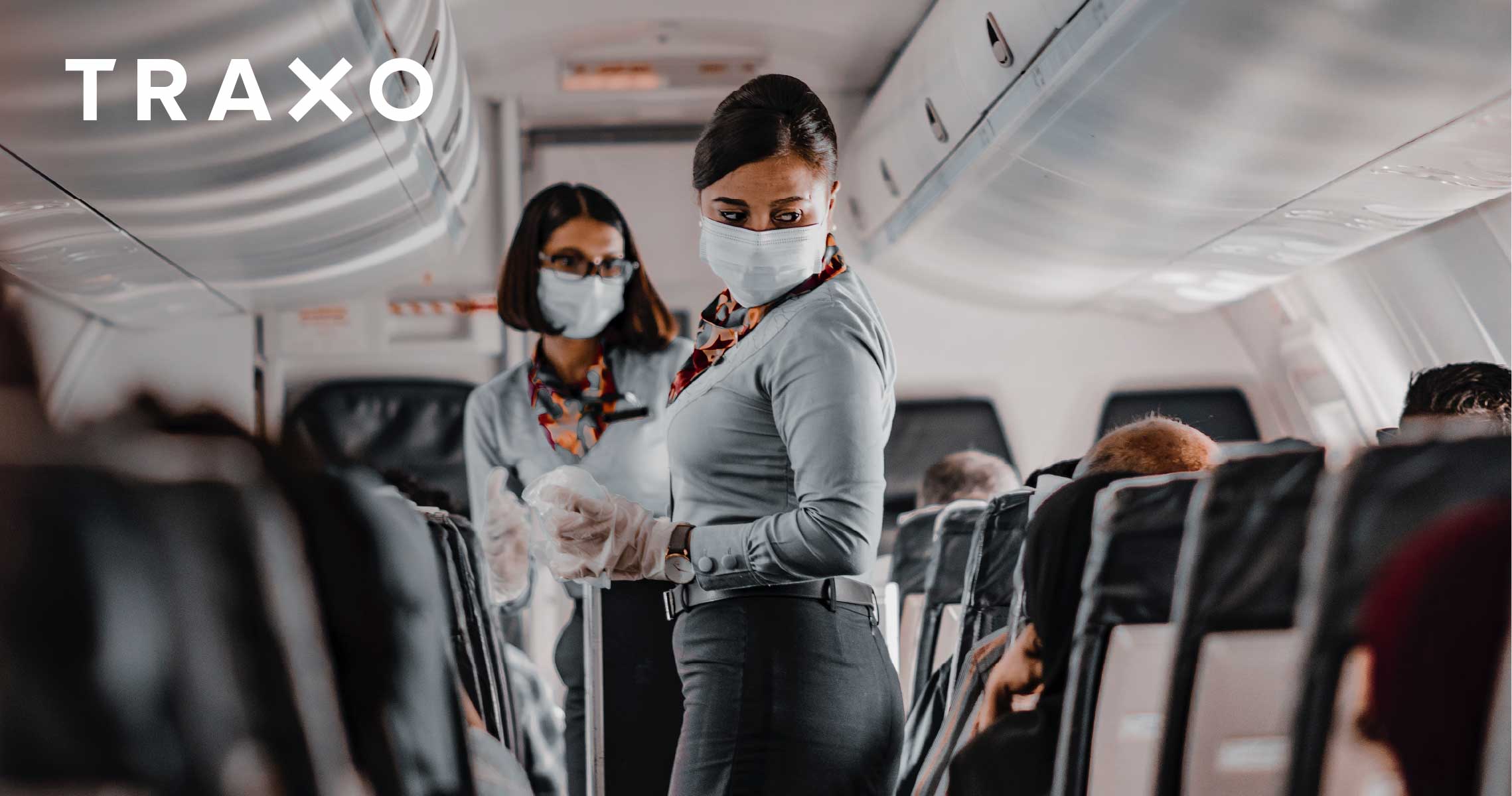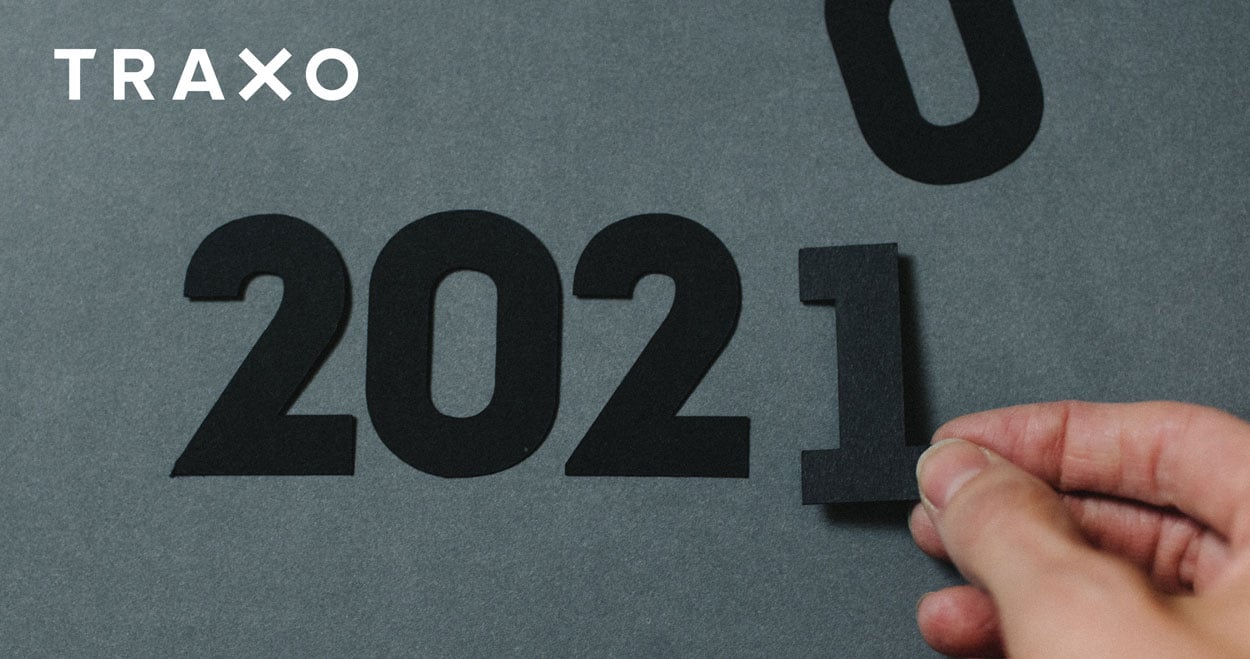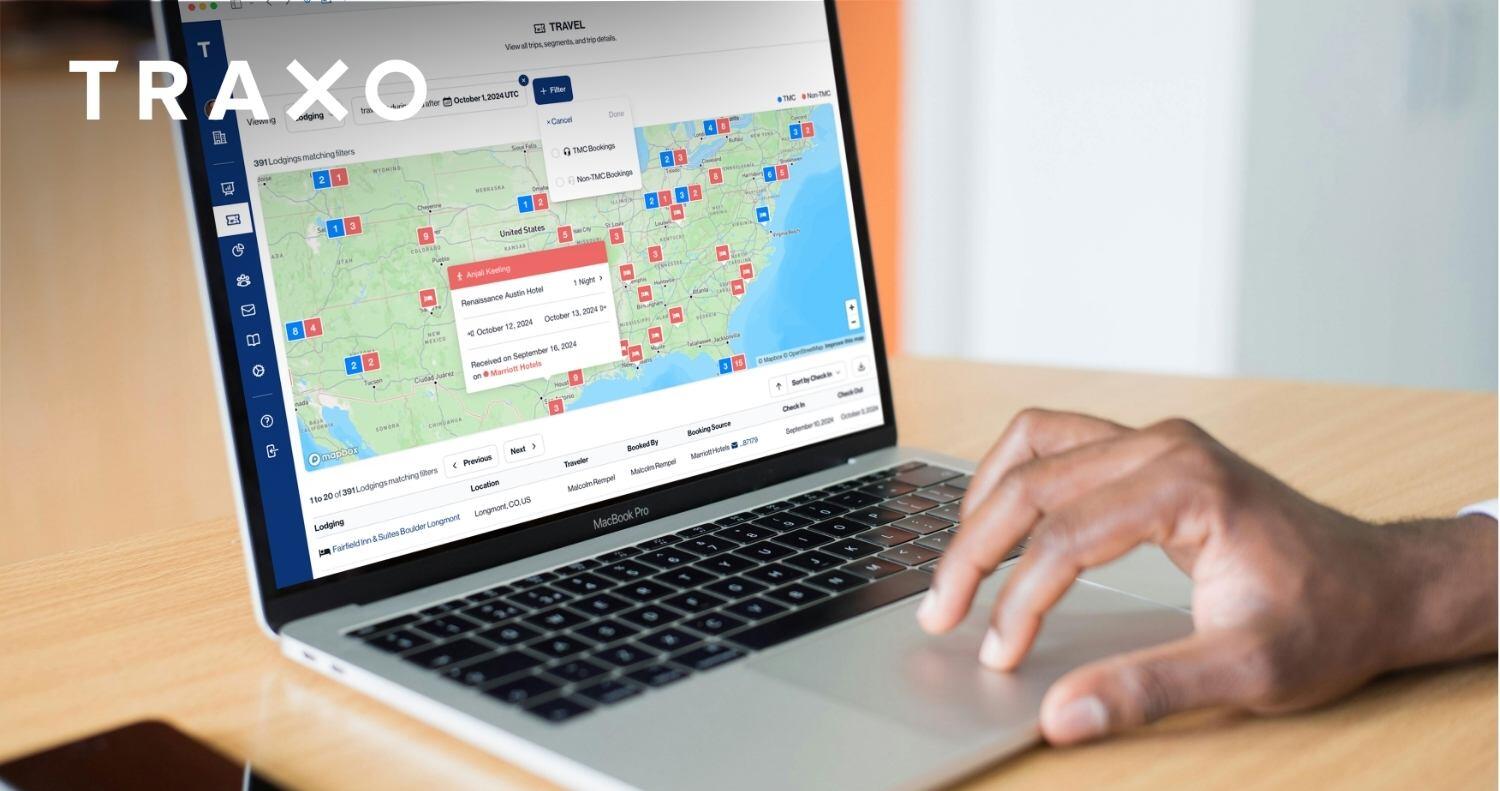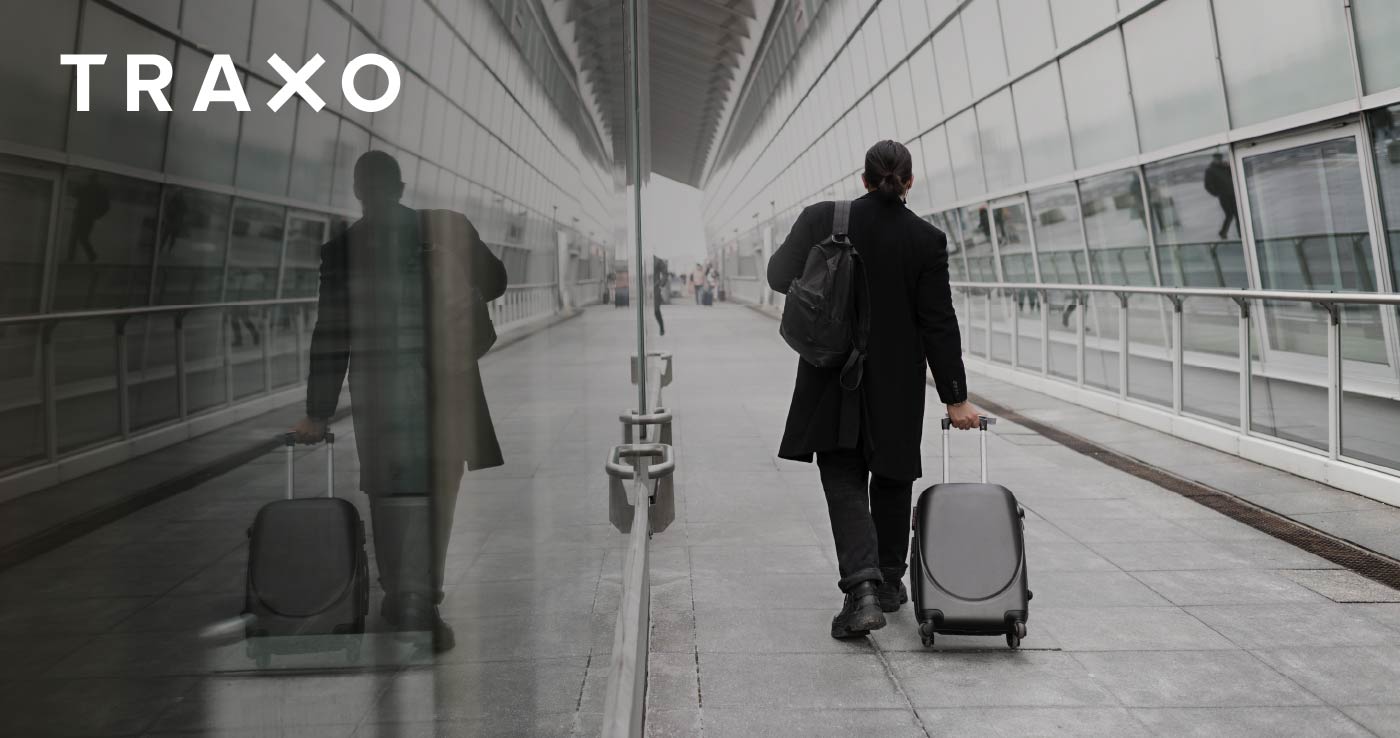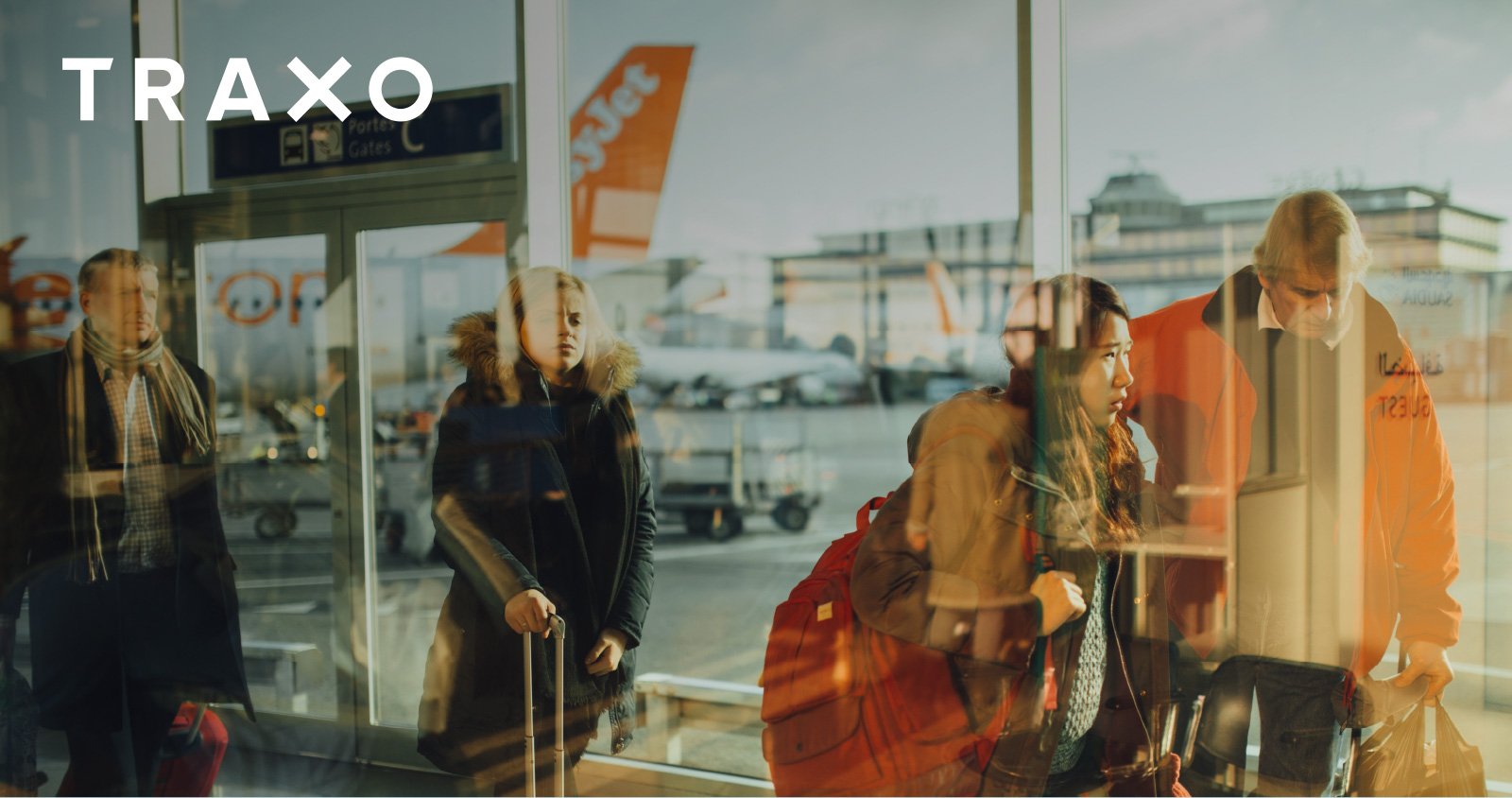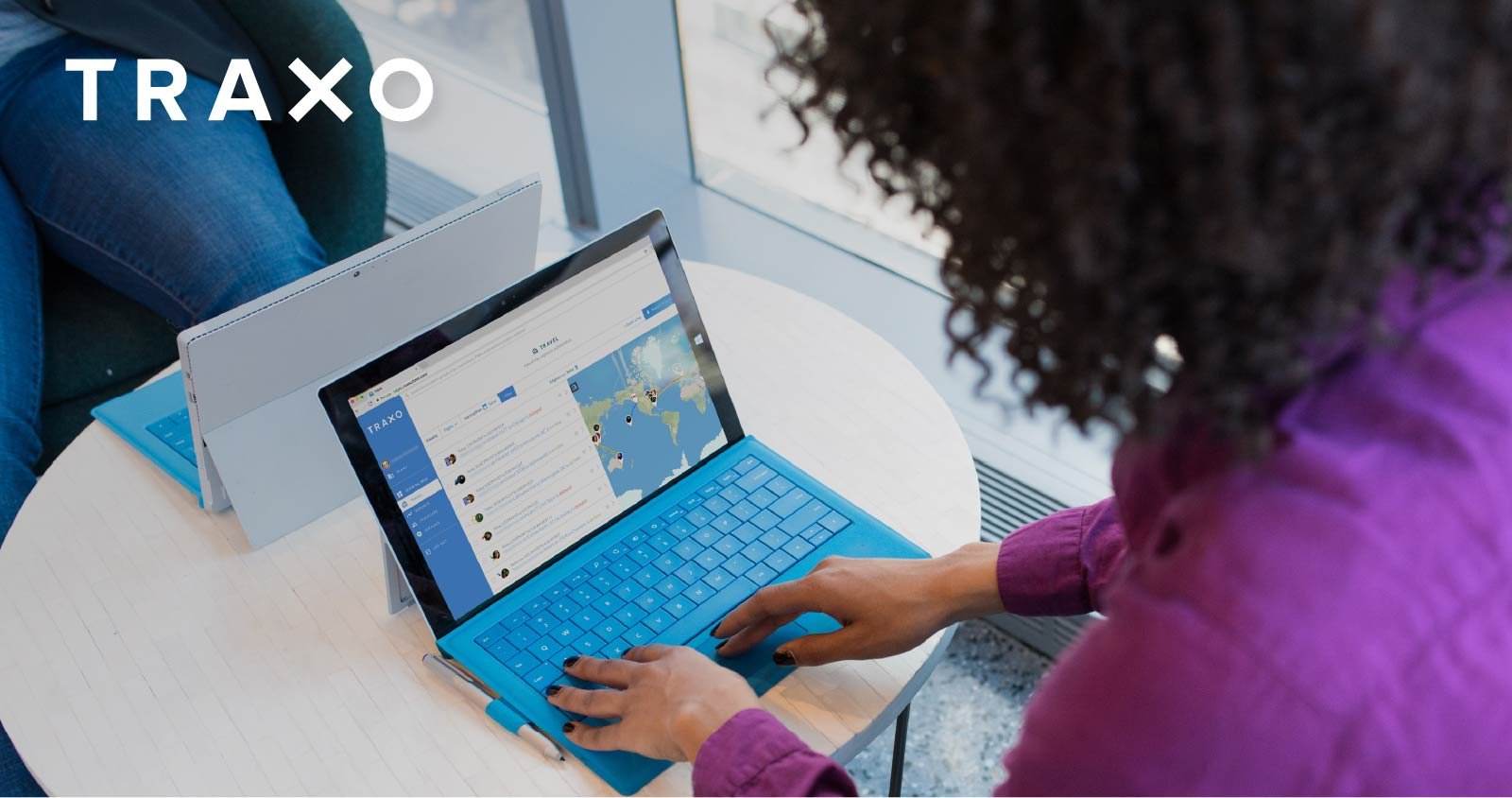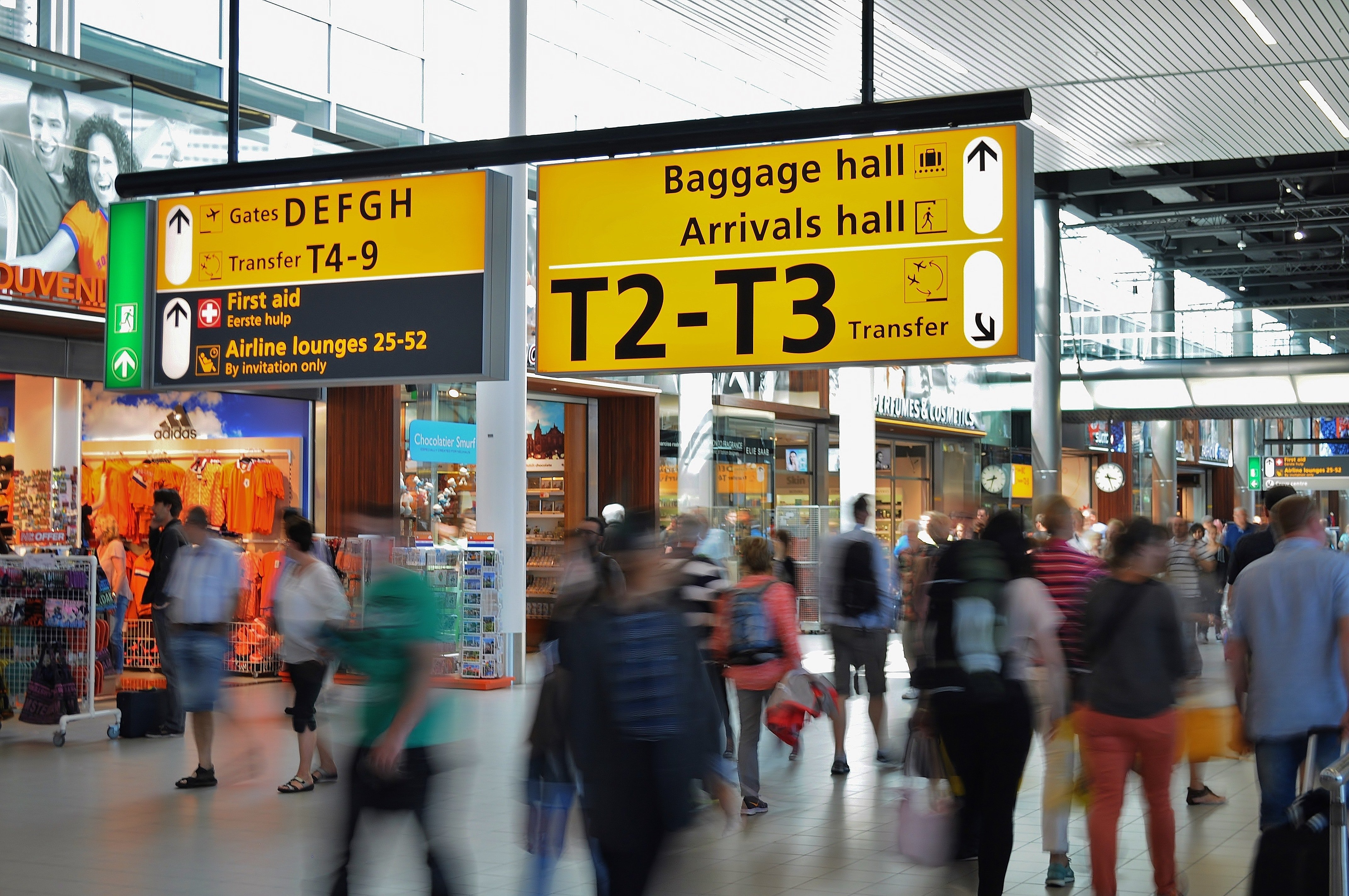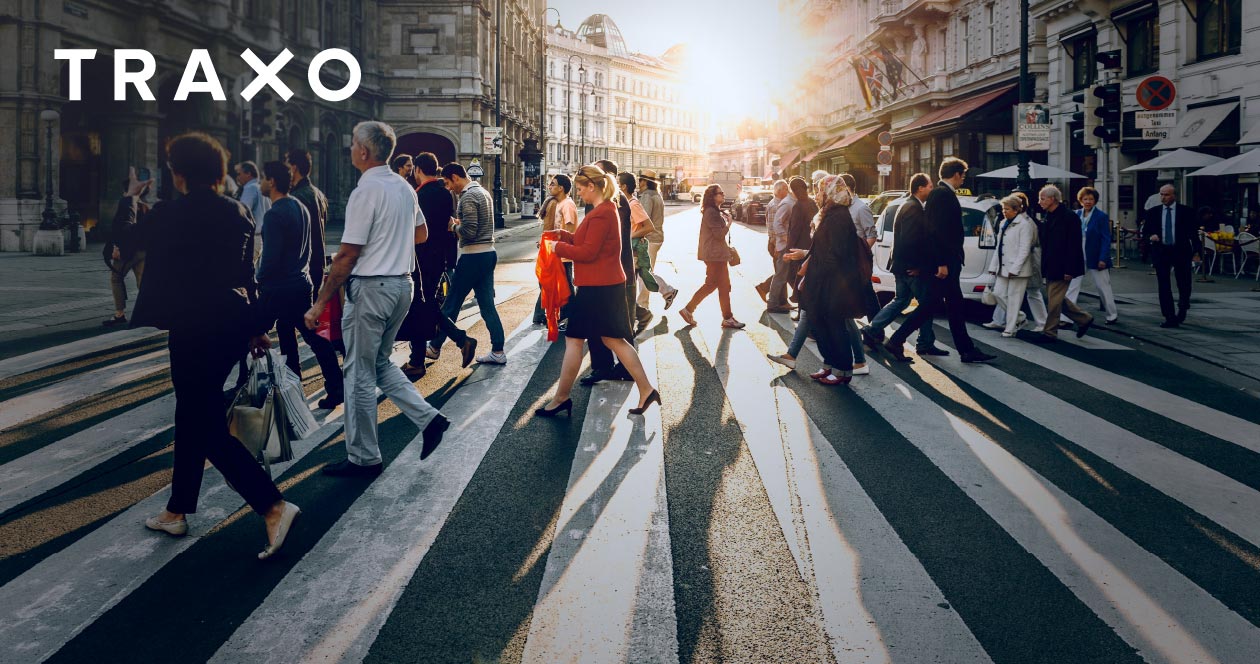While the world faces emerging viral outbreaks, inflation and air travel disruptions, business travel continues to rebound from its mid-pandemic low—though its full recovery timeline has been pushed to 2026.
Until recently, businesses went into fight-or-flight mode each time a new COVID variant surfaced, which caused the height of cancellations, trip suspensions, and stricter internal business travel policies. However, business travel has moved beyond this obstacle, adjusting to a “new normal” more influenced by a shift in perspectives, rising costs and labor force issues.
Let’s explore what’s changed in business travel and daily operations in 2022.
Pre-Pandemic Travel: The Glory Days
Before 2020, business travelers were often on the road conducting business with clients and prospects, internal and external meetings, industry conferences and events, and executives traveling for face time to various locations. The shift in travel we’ve observed is that business travel is now geared toward the general employee base. There is more travel to a specific location, such as a company's headquarters, so that the broader team can meet in person, and less of an emphasis on frequent meetings in client offices.
2022 Business Travel Trends
Though daily in-office work has become a thing of the past for many companies, leadership teams understand the importance of occasional in-person gatherings for boosting morale and fostering engagement.
The newly defined concept of “business travel” allows people who may have formerly been working in a cubicle to expand their geographic footprints. While they’re likely officing from home more often than not, they’re also venturing out to corporate gatherings on occasion. This shift puts a different range of people in airplane seats and more guests in hotel rooms, all of which contribute positively to regional economies.
However, not all companies are taking the same approach to corporate travel. Google recently announced a ban on business travel unless trips fell into their “business critical” category—a move likely motivated by tremendous economic uncertainty in the United States and abroad.
Still, Bloomberg and TripActions report that “spending on business travel rose 27% in August over July, and is projected to jump 30% in September from August. They also report that “bleisure” travel, or the blending of work and leisure trips, is becoming more popular, with an increased frequency in corporate travel that includes weekend dates over 2019.
2022 In-Office Policy Trends
Some companies like Apple are trying to revive the traditional in-person work environment. As of September 5th, Apple requires employees to work in-office three days per week to return to some version of pre-pandemic normalcy. This effort has initiated a flurry of pushback, including a formal petition and an employee group that advocates against the company’s RTO efforts.
Google took a similar approach to its in-office work policy but provided a loophole whereby managers could grant permission to work from home indefinitely.
High-profile companies have more authority to “demand” in-office work, but these policies vary significantly from company to company. According to a recent survey highlighted by the New York Times, only 8% of New York-based employees work in-office full-time. The same survey revealed that 78% of local workplaces adopted a hybrid model, up a whopping 72% from pre-pandemic figures.
Most recently, New York Times and NBC employees vowed to continue working from home despite calls to return to the office. With more than two pandemic years behind us, it would be interesting to know how many employees moved away from the city, making weekday commutes implausible.
As time progresses, it seems that “hybrid” work will be the most in-office work corporations can expect to see from their employees.
Adapting to Business Travel Changes
Businesses across the globe have learned how to pivot and adjust when heightened awareness is warranted or when local governments enforce new restrictions — and when their employees simply push back against their policies. In addition to safety, employee satisfaction has climbed the ranks as a top priority for leadership teams across industries.
Employee expectations make flexibility essential in both business travel and day-to-day operations. For travel managers, having access to complete travel data is key to developing travel policies that align with employee preferences while keeping them safe and minimizing costs. To learn more about how Traxo can help your travel team capture booking details from all sources as purchases occur, fill out the form below.
Connect with Traxo




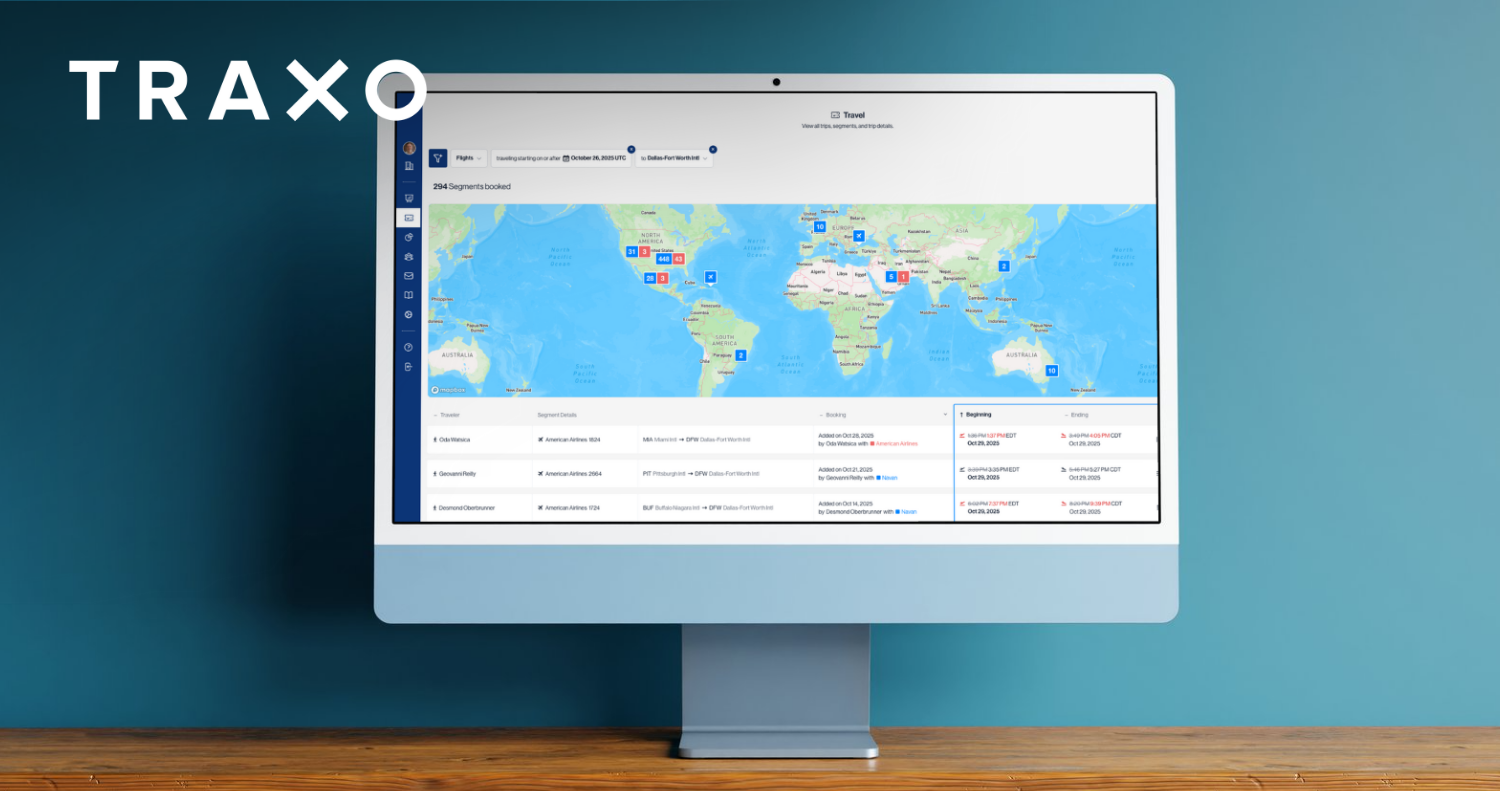
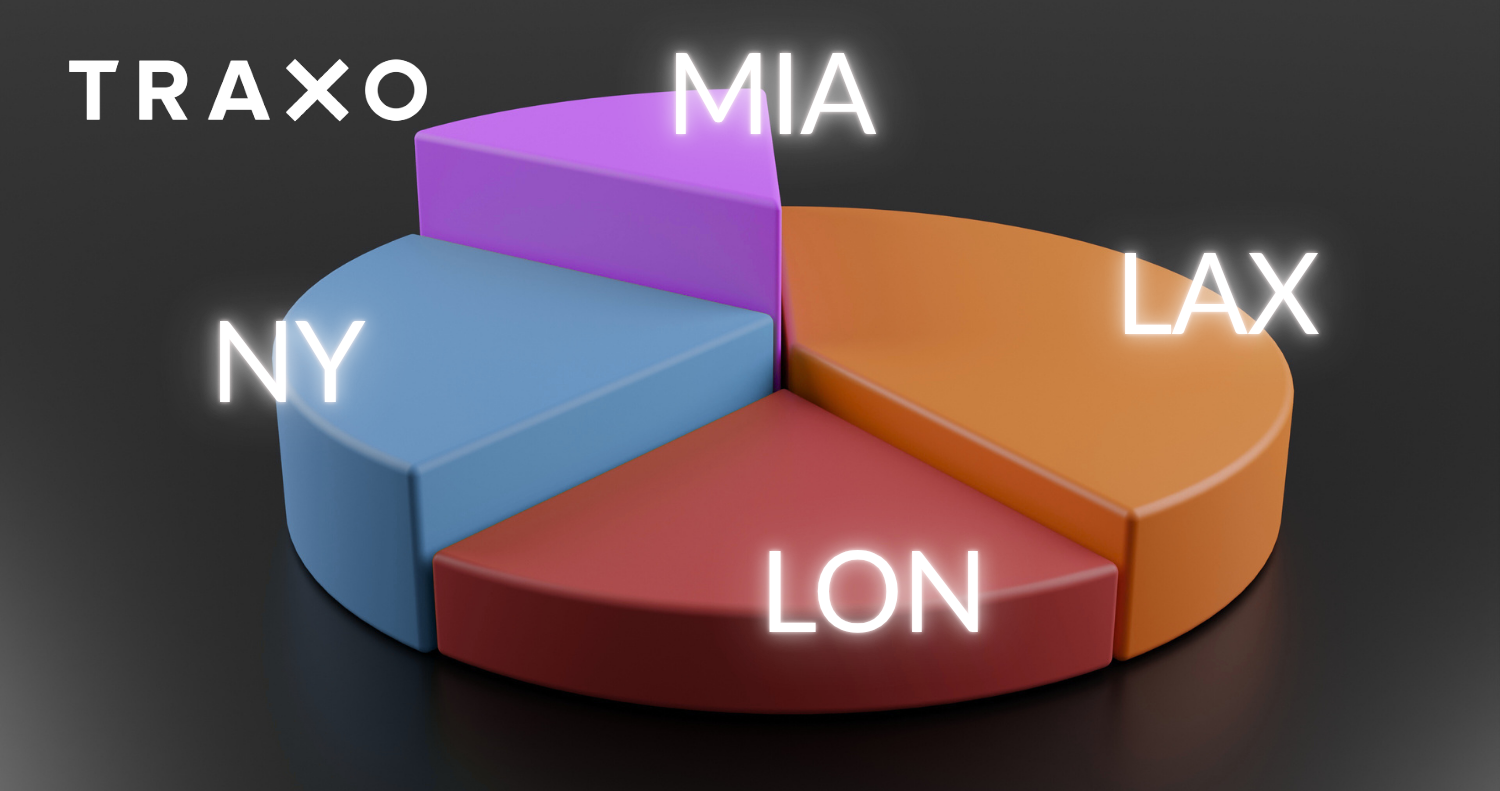

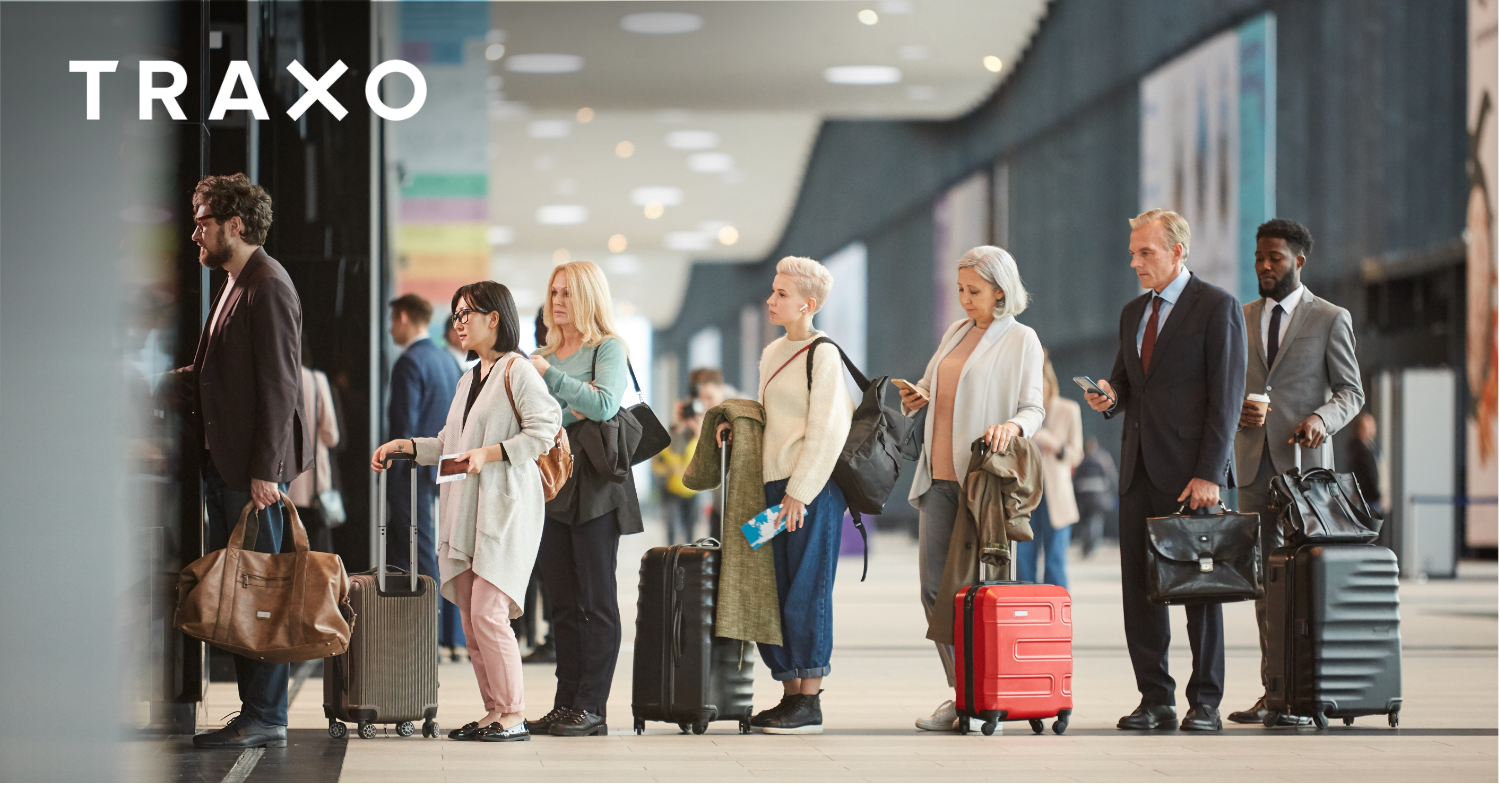
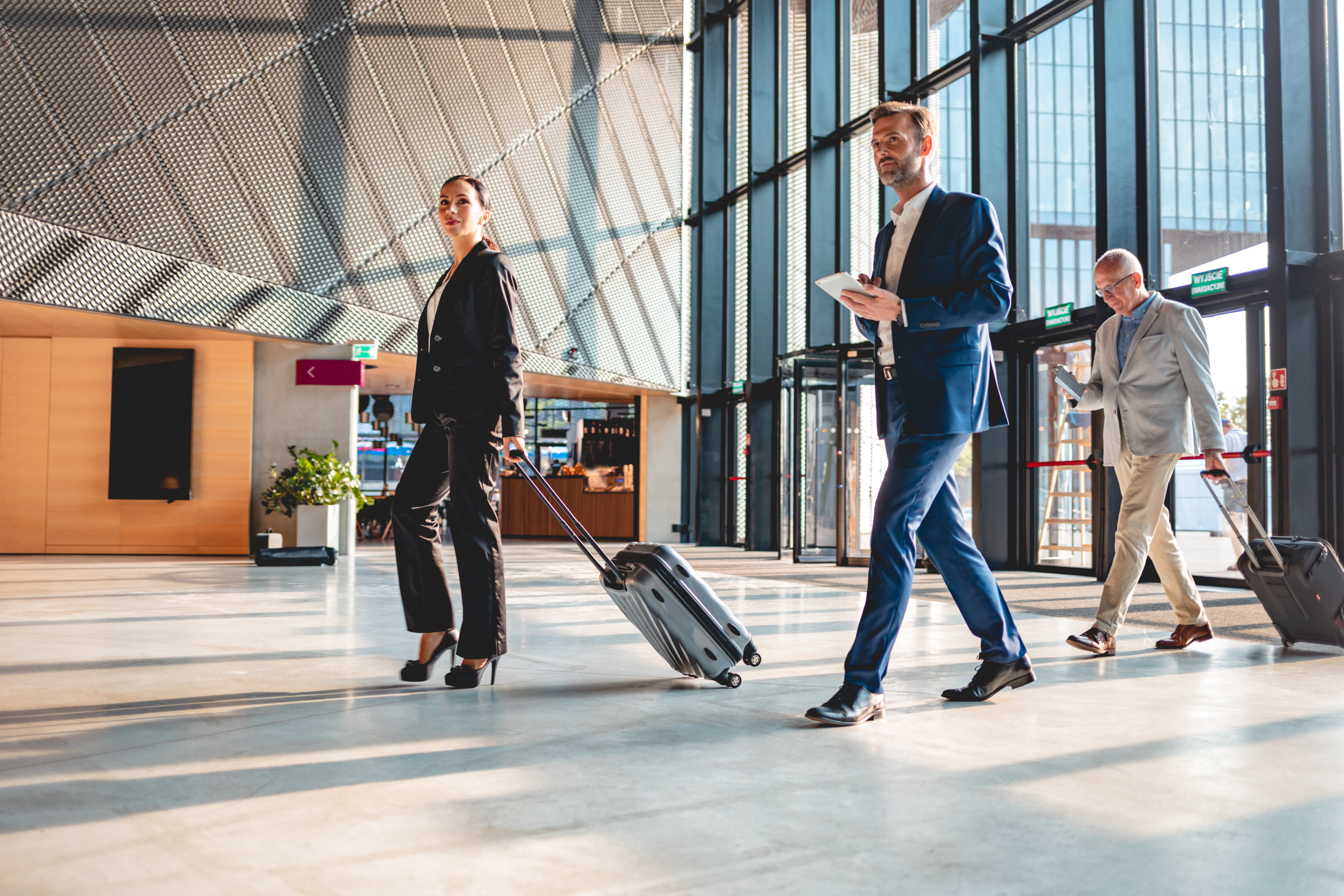

.png)





